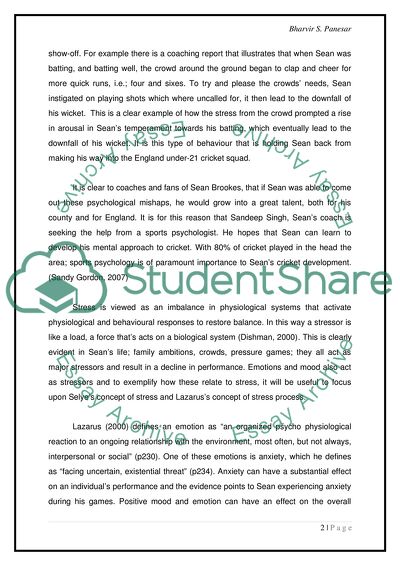Cite this document
(Applied Sport Psychology Case Study Example | Topics and Well Written Essays - 2500 words, n.d.)
Applied Sport Psychology Case Study Example | Topics and Well Written Essays - 2500 words. Retrieved from https://studentshare.org/sports-and-recreation/1734762-applied-sport-psychology-case-study
Applied Sport Psychology Case Study Example | Topics and Well Written Essays - 2500 words. Retrieved from https://studentshare.org/sports-and-recreation/1734762-applied-sport-psychology-case-study
(Applied Sport Psychology Case Study Example | Topics and Well Written Essays - 2500 Words)
Applied Sport Psychology Case Study Example | Topics and Well Written Essays - 2500 Words. https://studentshare.org/sports-and-recreation/1734762-applied-sport-psychology-case-study.
Applied Sport Psychology Case Study Example | Topics and Well Written Essays - 2500 Words. https://studentshare.org/sports-and-recreation/1734762-applied-sport-psychology-case-study.
“Applied Sport Psychology Case Study Example | Topics and Well Written Essays - 2500 Words”, n.d. https://studentshare.org/sports-and-recreation/1734762-applied-sport-psychology-case-study.


